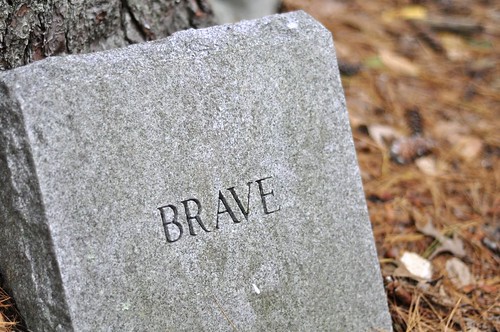What World of Warcraft Can Teach You About Project Management
With the opening of Icecrown Citadel in the latest edition of World of Warcraft, the challenges facing guilds and players of all levels of skill have increased. During a recent run in the Forge of Souls (facing the evil alter ego of the late James Brown, no less), I noticed that our usual team’s play style had to adjust to the new challenges. Here’s what I mean:
In Warcraft, you have two general methods for beating up the bad guys: focused fire and area of effect. Focused fire is exactly what it sounds like. In a crowd of bad guys, all the heroes point their swords/arrows/spells/pewpewlazerbeamz at one of the crowd until the bad guy drops, then you switch to the next one, etc. Area of effect has the heroes cover wide spaces with their weapons to take on the whole crowd at once. Think about the difference between, say, a rifle and a grenade. That’s the general idea.
Warcraft differs from life in that area of effect methods are significantly weaker than focused fire. When you face enemies weaker than you and your merry band of heroes, you just open up and take them all down at once. When you face enemies who are stronger than you, generally speaking, your attacks on them won’t kill them before they kill you, so you drop them one by one while the guy wearing the most armor (the tank) distracts the rest of the crowd.
So what does this have to do with project management? Simple: projects are like Warcraft’s bad guys. If you have a handful of very minor, insignificant things to tackle, you can multitask and burn them all down at roughly the same time. Bug fixes, memos, email responses, Twitter replies, etc. can all be nuked with the project equivalent of an area of effect attack.
If you face a major project or several major projects, chances are you can’t crush them before they overwhelm you. Instead, you gather your team at work, grab a seat at the conference room table with your laptop, and you burn down each project one at a time. Trying to tackle all of them would be as much of a wipe as a Warcraft raid trying to tackle all the bad guys at once.
Here’s the Icecrown Citadel twist: you have to recognize when it’s time to switch modes from one to the other. Warcraft teams used to area of effect nuking everything will suddenly find the battles in Icecrown Citadel to be much harder to deal with, and they’ll need to adapt quickly back to focused fire methods.
Likewise, the sooner you recognize that a project has gone beyond trivial requirements into something more serious, you have to switch methods in your organization.
The reverse is also true. If you take an epic geared, epic skilled team into a Warcraft raid and expect them to use the focused fire methods on bad guys that they can knock over just by sneezing, you’ll bore your team and take far longer to complete a dungeon than if you just uncorked your team’s power against weak opponents and wiped the floor with them.
From a project management perspective, that’s what causes boredom and loss of talent inside your organization – you’re asking top quality epic talent not to live up to their potential.
The challenge for any raid leader, the challenge for any business leader, is to recognize when you need one approach or another. It’s not just a matter of looking at gear in an instance (you can be epic geared and still suck at playing) or looking at resumes on a desk. No, you have to adapt quickly when you realize that your team is either getting their faces eaten by bone ghouls or project milestones and focus fire, or recognize when your team is so bored that they cast Basic Campfire against their opponents or doodle their way through project meetings and switch to area of effect crushing mode.
This is why great leaders in both Warcraft raids and the business world are great – and more rare than most epic gear. Good luck in your quests to be the best, whether it’s beating Sindragosa or this quarter’s numbers.
Did you enjoy this blog post? If so, please subscribe right now!
Enjoyed it? Please share it!
Get this and other great articles from the source at www.ChristopherSPenn.com







